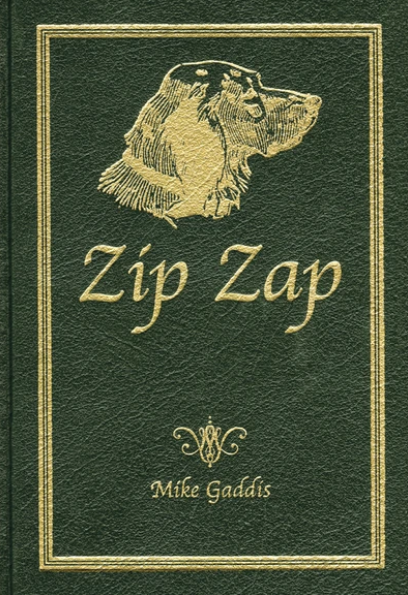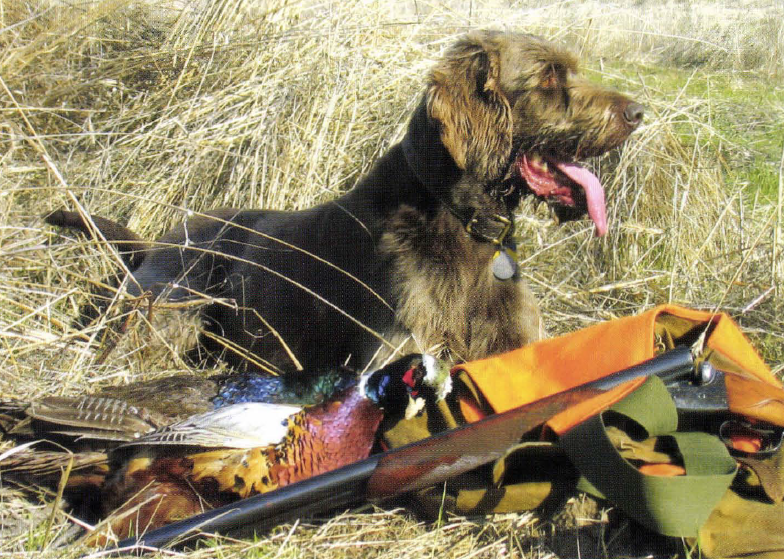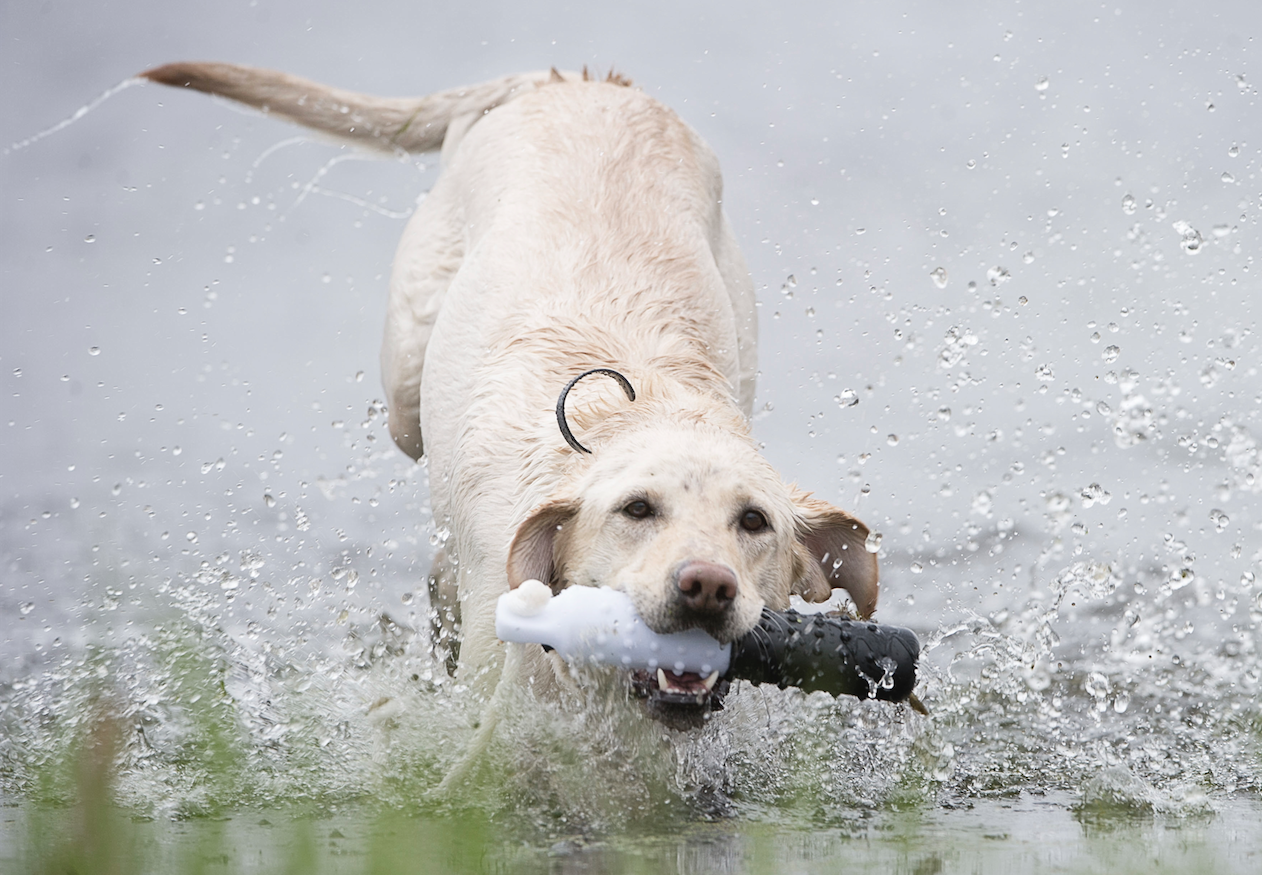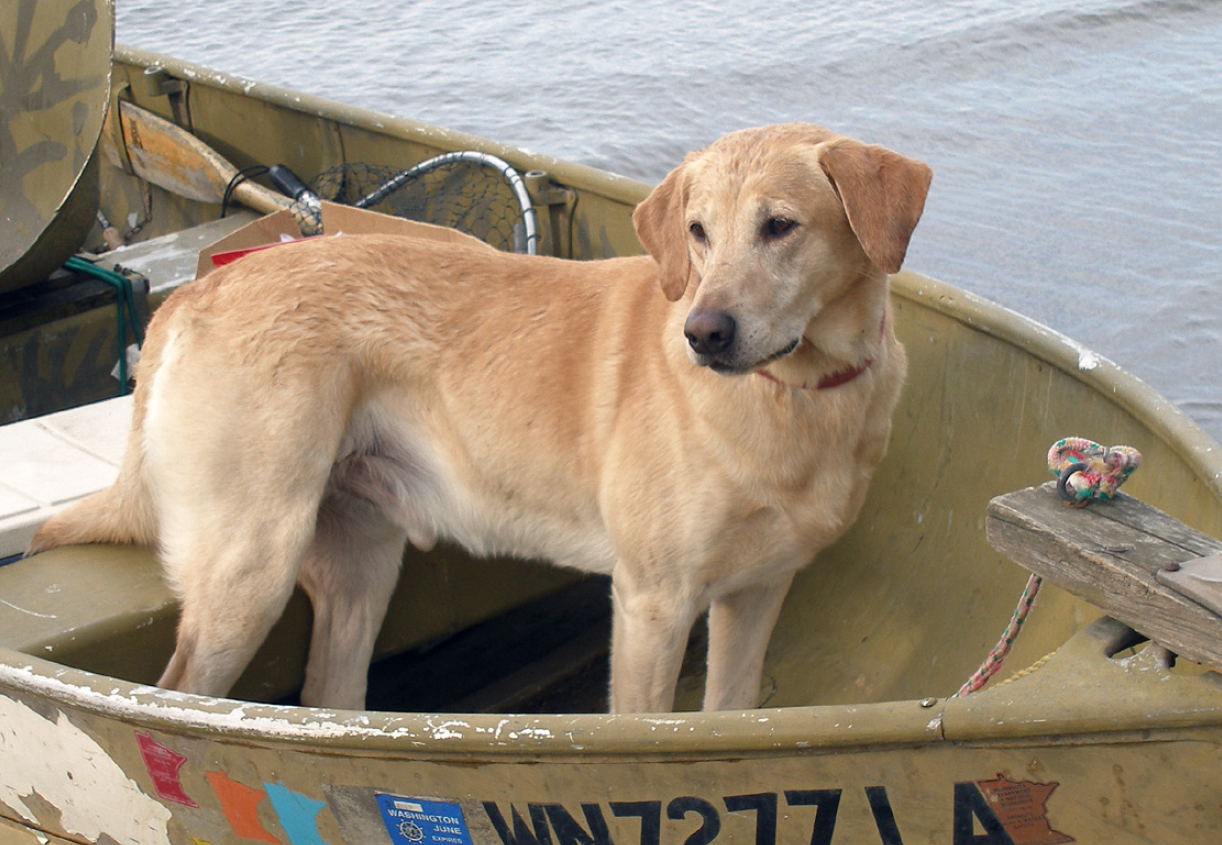If you want a gundog that can do everything very well in open field or woodland or water, and then be a mellow member of the household, consider the pudelpointer.
The revolutions of 1848 were a series of spontaneous and uncoordinated uprisings that began in France and spread throughout western and central Europe, not unlike the so-called “Arab Spring” in the Middle East. The revolutions were caused by a combination of economic unrest resulting from crop failure; social and political changes resulting from the dawning industrial age; and political repression of liberal and nationalistic aspirations across Europe.
Since the revolutions all failed, why should this be of any interest to you, the bird hunter? Because about the only group that benefited was a newly emerging middle class, and one of the few rights they gained was the right to hunt, something that had previously been the exclusive privilege of the aristocracy.
Hunting requires dogs, and so began the greatest period of dog breeding the world has ever known.
Almost every breed you can name, whether for hunting, herding, working, guard or companion, owes its existence to the affluence and unrest that came in the wake of the industrial revolution and the revolutions of 1848. New breeds were created, and existing breeds were refined and their standards fixed, for good or for ill. In Great Britain, the Labrador, the golden and the flat-coat, as well as most of the spaniels, were developed, and the ancient pointing breeds (the pointer and setters) were improved and their type fixed.
On the continent, so many breeds were created for hunting that it is easier just to point out the exceptions, with the Italian spinone and Hungarian vizsla being two of the most obvious and ancient examples.
And in Germany, where hunting is considered somewhere between a religion and an art form, and where the emerging middle class needed versatile dogs that could do a little of everything, one of the most singular breeds to emerge was the pudelpointer.
In The Man Who Shot Liberty Valance, the newspaper editor tells Jimmy Stewart he isn’t going to write his story. “This is the West, sir. When the legend becomes fact, print the legend.” Something very similar appears to have happened to the history of the pudelpointer.
Depending on your source, the pudelpointer was created by a Baron von Zedlitz-und-Neukirch from the Silesian area of eastern Germany, or by a hunter who wrote about dogs and hunting under the pseudonym Hegewald, or that von Zedlitz was himself Hegewald. In an effort to track the truth, I went to the surviving source.
Bodo Winterhelt was the man who founded the North American Versatile Hunting Dog Association, and the man who first brought the pudelpointer breed to North America just after World War II. He was 87 when I met with him, he was semi-retired, and a stroke several years prior made it difficult for him to recall a word or a name, but he retained both an excellent memory and the records he brought with him from Germany all those years ago.
According to Bodo’s records, no one knows for certain who Hegewald really was, and Baron von Zedlitz-und-Neukirch was the tail end of an ancient family who may or may not have had a legitimate claim to the title, who may or may not have run afoul of the law both in Germany and America, and who may or may not have had any interest in hunting and dogs. (There is some confusion about who survived and retained the hereditary title from what was once a very large and widespread family.)
What Bodo was very sure of was that, regardless of who took the credit, the actual selection and breeding of dogs was done by a gamekeeper by the name of Walter who worked for one of the aristocratic families in Silesia and who had enough connections to allow him to use as a foundation sire a pointer named Tell from the kennels of Kaiser Frederick III, German Emperor and King of Prussia. And that allows us to pinpoint possibly the only fact we can be sure of, which is the year breeding began. Kaiser Frederick III was known as the King of Ninety-Nine Days, because he only reigned from March 9 to his death on June 15, 1888.
After that, the history of the pudelpointer degenerates into all the ridiculous animosity and petty bickering that is found with every breed. (The drahthaar, or German wirehair pointer, for example, owes its existence to this bickering: one of the original creators of the pudelpointer got angry with the breeding organization he had helped create and took his puppies and went home to start his own line of dogs.)
Regardless of who did what to whom, the basis for the breed was the pointer Tell and a “hunting poodle” named Molly. Here again there is some question as to what exactly is meant by the phrase “hunting poodle.” It certainly wasn’t the French show dog we today call a poodle, but whether it was an ancestor of the barbet, or some other Germanic form of wooly-coated water dog is uncertain.
What is not uncertain is the result. The original breeders wanted to create a versatile dog that combined the instinctive intensity of the pointer with the intelligence and love of water of the poodle––and they succeeded.
Any dog can be trained to do anything. I know of a man who trained a basset hound to be a bird dog, and I have actually hunted over an outstanding Australian cattle dog/McNab (a very rare California stock dog) cross. And any breed can have its anomalies. The key to creating a breed is to cement desirable traits that can be passed on from generation to generation, and it is here that more than a century of hard work and dedication have paid off.
Today’s pudelpointer is intelligent, birdy, affectionate, an enthusiastic hunter, strong without being overly large or cumbersome, equally at home in the uplands or in the marsh, a reliable retriever, a good tracker, eager to please and as pleasant on your sofa as they are in the field. Mine, possibly atypically, was also a good watchdog, very friendly with everyone, but very alert and aware whenever a stranger came on the property.
If you want a big-running field trial dog, the pudelpointer is not for you. If you want a cold-water retriever for sea duck hunting in the North Atlantic, the pudelpointer is not for you. But if you want a companion who can do everything very well in open field or woodland or water, and then come home and be a mellow member of the household, give the pudelpointer some thought. They are not brawlers, they are good with children, and in fact they have very few vices of any kind.
As with all breeds, the coat is one of the hardest things to fix. Ideally, the pudelpointer should have a short, dense, harsh coat that barely sheds at all. However, keep in mind that the poodle’s coat genetics were very strong, so that in spite of a ratio of roughly ten pointers to every poodle in the original breeding, an occasional dog will have a tendency toward the poodle’s wooliness, while a few will have a much shorter, pointer-like coat. That said, having had the pleasure of sharing my home and my hunting with one for 12 years, the only drawbacks I ever noticed were an in tolerance of extreme heat (and what dog doesn’t have to be carefully monitored in hot weather?), and in dark woods the brown coat can make him difficult to spot (get a beeper collar). They are not, mercifully, recognized as show dogs by the AKC, and while there are comparatively few of them in North America, the people who do breed them are devoted to their dogs. There is a reason for that.
 Zip Zap is a wonderful true-life story of a superb English setter and its litter-mates. On the heels of his highly-acclaimed novel Jenny Willow, Mike Gaddis reaches again into a half-century love affair with pointing dogs and upland birds to retrieve the true-life story of Zip Zap, his greatest English setter. Gaddis swore to be painfully selective in choosing the puppy that would accompany him as he pursued his dream of competing in horseback field trials. He knew the smallest female of the litter was special, but he didn’t fully realize her potential until he let her loose in the field. Her lightning speed earned her the name Zip Zap, and she grew to be the most brilliant bird dog Gaddis ever owned. In this absorbing memoir, Gaddis celebrates the dog’s indomitable spirit and tells the story of training and developing a superior pointer, from her first unrefined runs in the amateur puppy stakes to victorious performances in major championships. Evocatively told and set against the plantation quail hunting and field trailing legacy of the Old South, here is a rich, powerful memoir, certain to gain favor with anyone who has shared the destiny of a once-in-a-lifetime dog. Buy Now
Zip Zap is a wonderful true-life story of a superb English setter and its litter-mates. On the heels of his highly-acclaimed novel Jenny Willow, Mike Gaddis reaches again into a half-century love affair with pointing dogs and upland birds to retrieve the true-life story of Zip Zap, his greatest English setter. Gaddis swore to be painfully selective in choosing the puppy that would accompany him as he pursued his dream of competing in horseback field trials. He knew the smallest female of the litter was special, but he didn’t fully realize her potential until he let her loose in the field. Her lightning speed earned her the name Zip Zap, and she grew to be the most brilliant bird dog Gaddis ever owned. In this absorbing memoir, Gaddis celebrates the dog’s indomitable spirit and tells the story of training and developing a superior pointer, from her first unrefined runs in the amateur puppy stakes to victorious performances in major championships. Evocatively told and set against the plantation quail hunting and field trailing legacy of the Old South, here is a rich, powerful memoir, certain to gain favor with anyone who has shared the destiny of a once-in-a-lifetime dog. Buy Now




